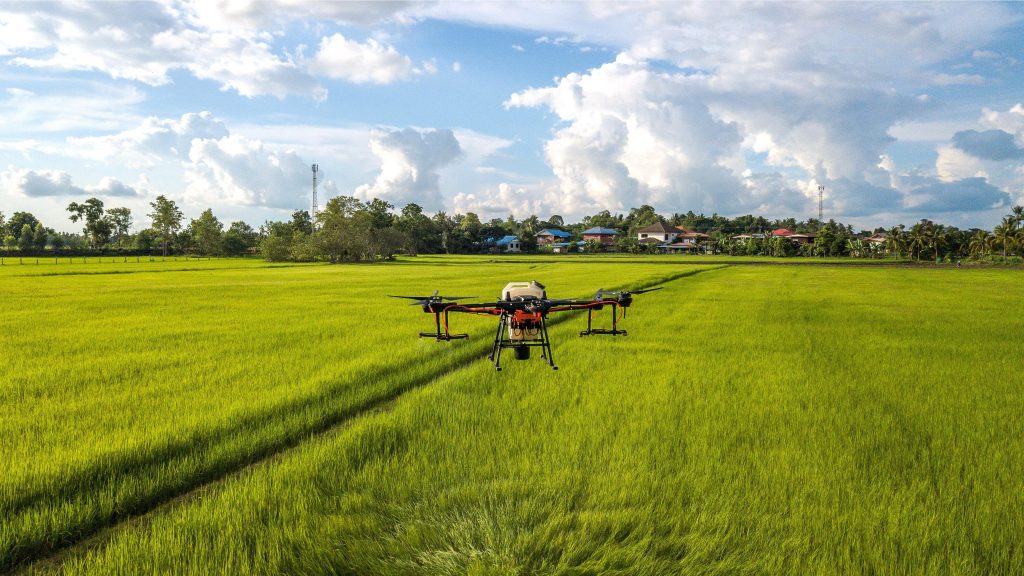In recent years, “shortage of people” and “shortage of people” have increasingly become serious problems that hinder the development of agriculture and rural areas in Japan. According to the 2020 Agricultural and Forestry Census in Japan, the number of agricultural population has decreased by 26.6% compared to 2015. The average age of farmers is as high as 66.9 years old, with 67% being over 65 years old. The abandoned area of agricultural land is increasing year by year, and the aging of farmers and hollowing out of rural areas have become a reality. Japan has a small land and scarce resources, but it has a population of hundreds of millions. A solid agricultural and rural Political base is the basis for ensuring food supply and maintaining social stability, and a sufficient and abundant agricultural labor force is the carrier and key to achieve the above goals. Therefore, how to alleviate the anxiety of insufficient grassroots human resources and effectively fill the gap between rural labor supply and demand has become a key contradiction that Japan must address.
Starting from 2019, Japan has proposed a new model of “agricultural and welfare linkage”. The agricultural welfare linkage refers to the parallel and linkage between agriculture and welfare undertakings, which introduces disabled people into agricultural production, expands the agricultural labor market, helps disabled people find employment, and realizes the “co construction” and “win-win” of agriculture and welfare undertakings. Japan is not only a major agricultural country, but also one of the countries with the most sound global social welfare system. “Agriculture” and “welfare” are both its governance priorities, and each has its own challenges. Apart from the problem of “shortage of people” in agriculture, the biggest challenge is the living security of the disabled, who account for nearly 8% of Japan’s total population and have a total scale of 9.65 million people. How to help disabled people integrate into society and enjoy themselves is a great challenge and test for the entire society. The agricultural welfare linkage mechanism can not only effectively tap into the labor “rich mine” of disabled people, guide them to participate in specific links such as agricultural production, processing, and circulation based on their own situation, fill the labor gap in the industrial chain, assist in land reclamation, and drive rural revitalization, but also siphon off employment for disabled people with the huge demand for agricultural manpower, alleviate the problem of “employment difficulties”, and thereby reduce financial costs, Enable them to enhance their self-worth and quality of life through labor, while also enhancing social inclusiveness and activity.
Data shows that in recent years, the agricultural and forestry linkage model has achieved significant results in specific practices. More than 70% of agricultural operating entities have reported that “disabled people are valuable talents” and “annual sales have increased”; More than 70% of people with disabilities reported an increase in their physical strength and salary. Some cases also show that, after proper process optimization and transformation, the operation and production can even achieve quality and efficiency improvement with the help of the disabled. For example, the sales of Binsong project in Shizuoka Prefecture has increased 6 times in proportion, which strongly proves the practicality and effectiveness of the agricultural welfare linkage. At present, Nongfu Lianjie has become Japan’s “national movement” and is continuously advancing towards new goals. For China, how to learn from the “stones from other mountains” brought by Japan’s Nongfu Corporation to cope with the increasingly serious aging and hollowing out of rural areas is also an important topic that the academic and industry in China should pay attention to and study.


No reply content